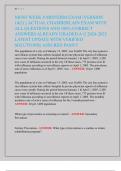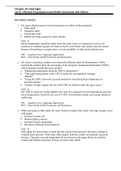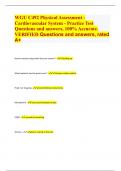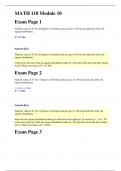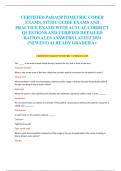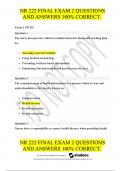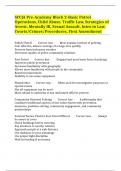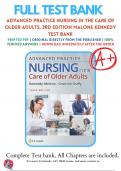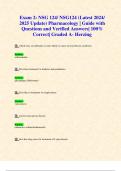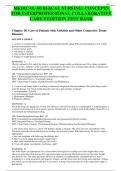Exam (elaborations)
NR 507 WEEK 4 MIDTERM EXAM|| LATEST AND COMPLETE VERSION WITH VERIFIED SOLUTIONS ALREADY GRADED A+|| ALL QUESTIONS AND 100% CORRECT ANSWERS ALREADY GRADED A+|| ASSURED PASS!!!
- Institution
- Chamberlain College Of Nursng
NR 507 WEEK 4 MIDTERM EXAM|| LATEST AND COMPLETE VERSION WITH VERIFIED SOLUTIONS ALREADY GRADED A+|| ALL QUESTIONS AND 100% CORRECT ANSWERS ALREADY GRADED A+|| ASSURED PASS!!!
[Show more]
